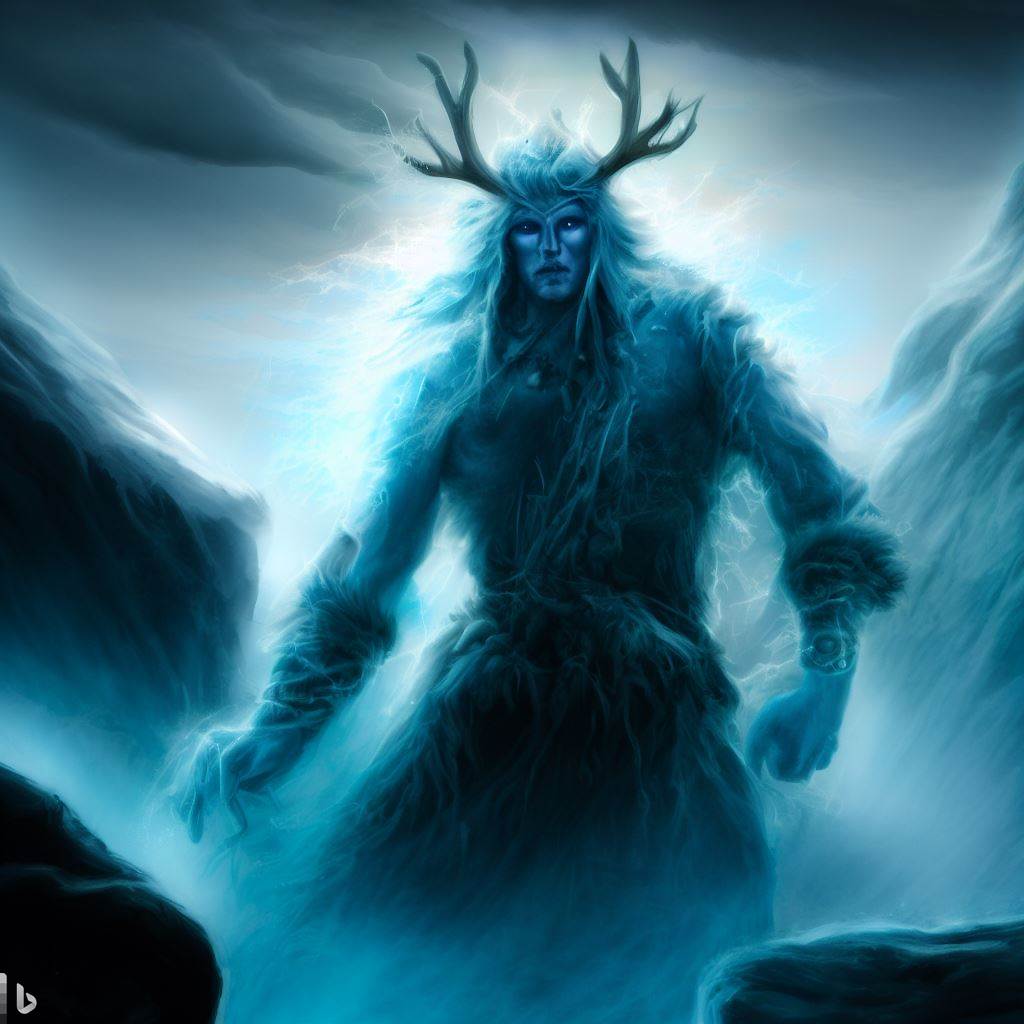
The character of Jack Frost has become a familiar figure in winter folklore and popular culture, bringing images of glittering icy patterns and rosy-cheeked elves.
But beyond the cartoons and Christmas cards lies a mythological history that spans cultures and centuries.

Jack Frost Cute Warm Socks
Jack Frost Origins
Jack Frost has his origins in ancient Norse mythology and Anglo-Saxon traditions, where he appeared as a mysterious spirit responsible for the icy beauty and bitter dangers of winter.
Over time, variations on the Jack Frost legend evolved across European folklore, before jumping to American shores and gaining new life through 19th century poetry and stories.
Jack Frost remains an enduring personification of the winter season, reminding us both of its perilous side and role in reflecting our own mortality.
Let’s explore the rich mythological roots and evolving symbolism of this iconic harbinger of ice and snow.
ads content
Norse Origins as Jokul Frosti
The earliest origins of Jack Frost come from Norse legends, where he was known as Jokul Frosti. In Scandinavian folk tales, Jokul Frosti was described as the son of Kari, the Nordic god of wind.
Fittingly, Jokul Frosti brought icy blasts of winter air and was responsible for painting intricate, fern-like frost patterns on windows and frozen landscapes across the land.
As his name suggests, Jokul Frosti was associated with icy temperatures and nipping exposed extremities like fingers, toes and noses.
But he also brought scenes of spectacular frozen beauty and wonder. Jokul Frosti signaled changing seasons, provoking both excitement and dread about the long winter ahead in agrarian societies.
Similar figures emerged across Northern European folklore, like the Russian Ded Moroz (“Father Frost”) and Germanic Frau Holda who oversaw spinning and witchcraft in winter.
The threatening icy blast of the Hindu Kush mountains also echoes mythical figures who personify the perils of winter weather.
Evolution Across European Folklore
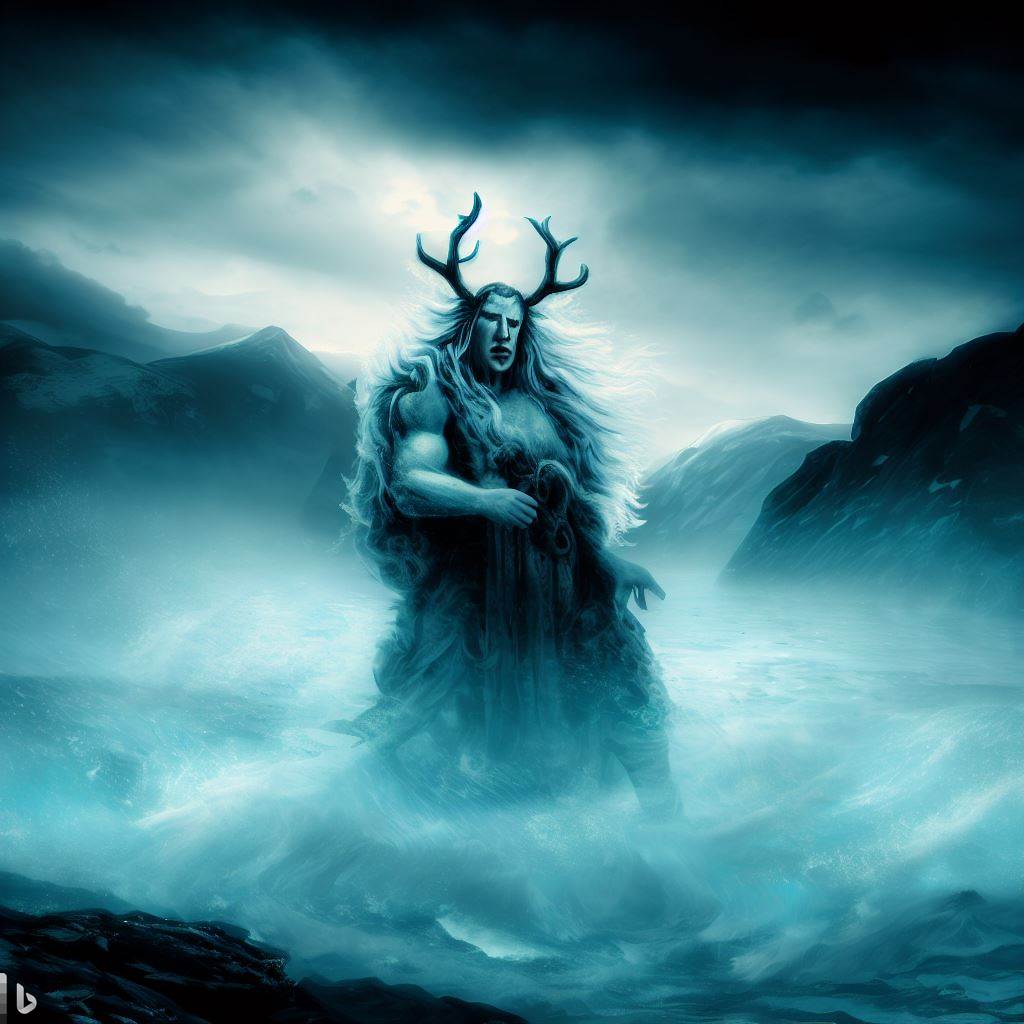
Variations on the mischievous Jack Frost sprite evolved across Britain, Germany, Russia, and Scandinavia. He was often depicted in literature and art as an elfish creature responsible for frosty windows in winter and colorful autumn foliage.
In Britain, references to Jack Frost date back at least to the 17th century. Poets personified the winter season and cold snaps as Jack Frost. Later in the Victorian era, Christmas cards presented Jack Frost as a playful elf coloring winter scenery white with brush strokes.
Across European folklore, common themes emerge around Jack Frost:
- Flickering between playful tricks and bitter hazard
- Signaling the annual changing of seasons
- Personifying the distinctive character of winter
Though depictions vary, Jack Frost encapsulates a shared folklore tradition across Northern cultures.
Shifting Portrayals in Literature
Literary representations cast Jack Frost in many different lights over the centuries:
- Prankish Sprite – In 19th century poetry, Jack Frost glitters trees with ice like diamonds, yet also spoils fruit crops with his biting chill. This captures his dual nature as both magical and dangerous.
- Ominous Omen – In Hans Christian Andersen’s fairy tale The Snow Queen, Jack Frost is an ally to the evil title character and freezes the heart of the boy Kai.
- Heroic Figure – By contrast, in G.K. Chesterton’s novel The Man Who Was Thursday, Jack Frost represents law and order, in opposition to anarchist conspirators.
These varied literary treatments highlight the malleability of the Jack Frost figure – whether as villain, hero or neither – across different eras and storytelling traditions.
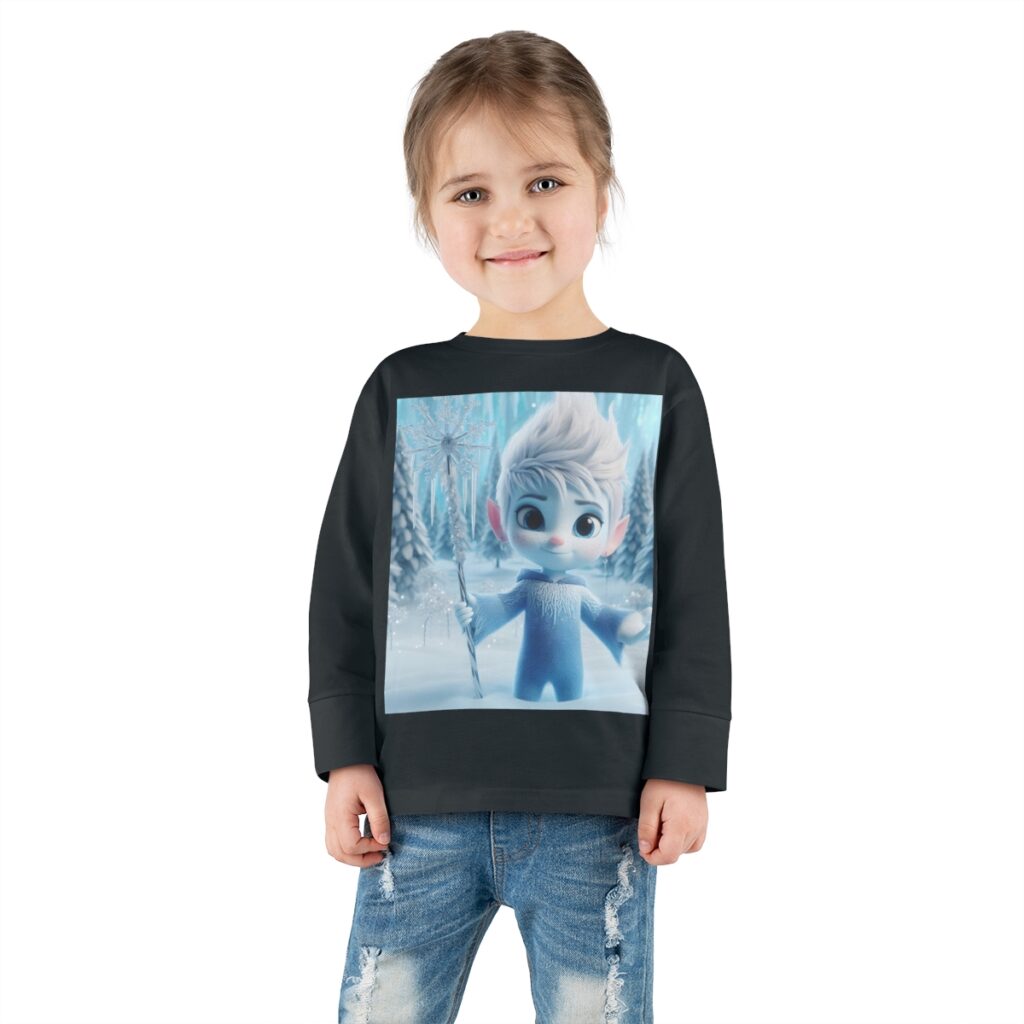
Jack Frost Toddler Long Sleeve Tee
Symbolic Meaning and Significance
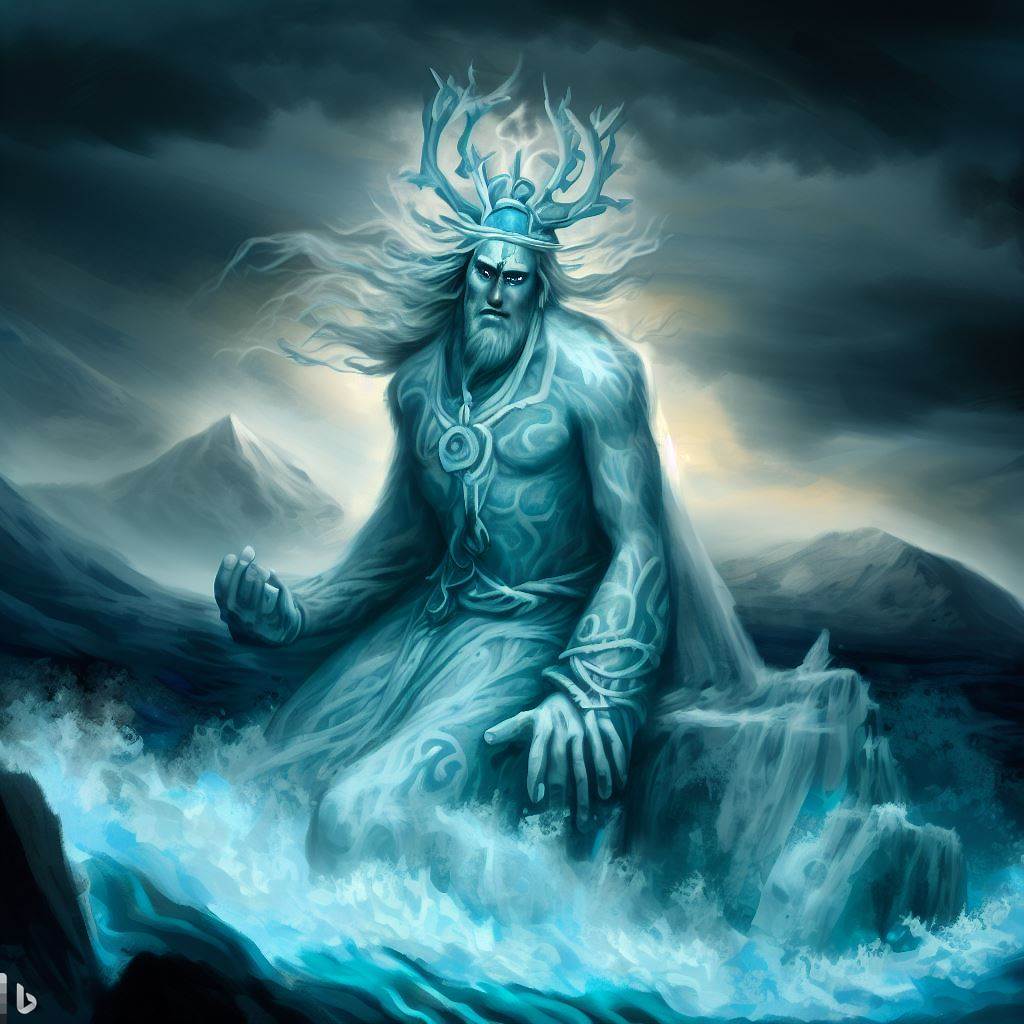
What accounts for the enduring appeal of Jack Frost as a personification of winter over centuries? Beyond spreading whimsy and narrative tension, he embodies several layers of symbolism:
- Winter’s Dual Nature – Jack Frost’s dazzling frost patterns spark wonder, but also represent winter’s harsh struggle for survival.
- Changing Seasons – His arrival marks the cycle between summer and winter, life and death.
- Fleeting Beauty – By blazing autumn colors before rendering landscapes barren, Jack Frost reflects the fleeting beauty of life and inevitability of change.
Jack Frost has mythological resonance as humans ponder our relationship with the forces of nature and passing seasons.
Reimagined in Modern Pop Culture
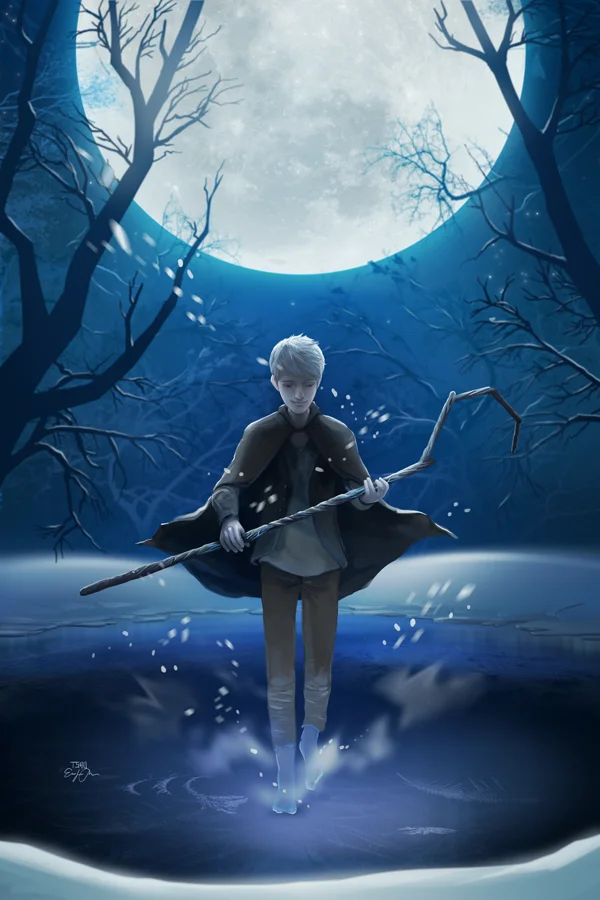
Image credits:deviantart.com
Reimagined in today’s pop culture, Jack Frost becomes less a sprite and more a relatable character with a rich personality.
The hit animated film Rise of the Guardians depicts Jack Frost as a fun-loving teenage guardian, saving the day alongside Santa Claus and the Easter Bunny.
Key themes in modern portrayals:
- Transcending a mere trickster to become a hero
- Embodying playfulness, wonder and fantasy for new generations
- Subversion of stereotypes around age, gender and morality
Pop culture reinterpretations keep Jack Frost relevant while revealing shifting societal attitudes about winter, nature, and spirituality.
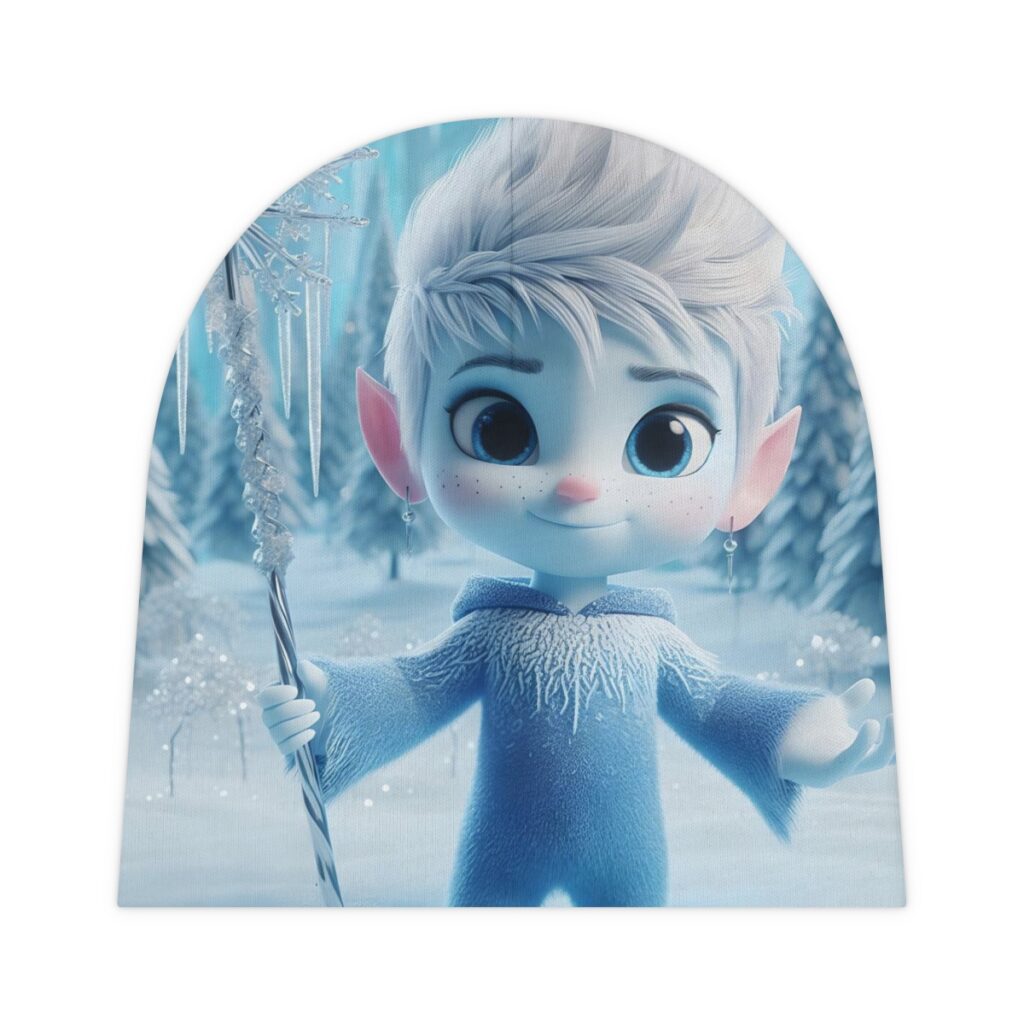
Baby Jack Frost Beanie (AOP)
🌬️ Introducing the CozyWonder Jack Frost Baby Beanie! 🍼❄️
👶 Charmingly Cute Design:
Watch your little snow angel shine with our Jack Frost-inspired design.
FAQs About Jack Frost
What is the myth of Jack Frost?
Jack Frost is a mythological personification of winter and cold weather from European folklore, often depicted as a sprite who brings frost and rosy winter scenes but also represents winter’s harshness.
Is Jack Frost a folk tale?
Yes, Jack Frost is considered a folklore legend or tale originating from various Northern European traditions before becoming popularized in Britain and North America.
What does Jack Frost symbolize?
Jack Frost symbolizes the dual nature of winter, both beautiful and perilous. His folklore origins represent changing seasons, human mortality, and the relationship between man and nature.
Is Jack Frost an elf?
In some folklore Jack Frost is depicted as an elfish, sprite-like being, but there are also depictions of him as a taller old man and his form varies across cultures.
how did jack frost die
As a mythical personification of winter, Jack Frost was never alive, so there is no definitive story of his death in traditional folklore.
is jack frost evil
In most traditional folklore, Jack Frost is portrayed as a neutral, mischievous sprite focused on spreading winter’s impact rather than inherently evil or villainous.
is jack frost real
Jack Frost is a mythical personification of winter rather than a real person, though beliefs in his existence as a real winter spirit persisted in some folklore traditions.
is jack frost human
In his original folklore, Jack Frost is typically depicted as a magical, elf-like sprite rather than a human. Some modern adaptations portray him as human or human-like.
is jack frost part of norse mythology
Yes, Jack Frost is linked to Norse mythology via origins as Jokul Frosti, son of the Nordic wind god Kari, though he later became part of broader European folklore.
Is it jack frost or jokul frosti
Jokul Frosti is the original Norse name while Jack Frost is the more commonly used English name, but both names refer to the same winter folklore figure.
Is jokul frosti a god?
No, in Norse mythology Jokul Frosti was not a god but rather a supernatural winter spirit or entity and personification of frost and cold.
who is jack frost mythology
In Norse mythology, Jack Frost is Jokul Frosti, the son of the wind god Kari associated with spreading frost and winter’s beauty and dangers.
What is the correct jokul frosti pronunciation
In Norse mythology, Jokul Frosti is typically pronounced approximately “YO-kool FRO-sti” with the “j” sounding like a “y.”
Conclusion
Jack Frost has leapt from ancient Norse legend to beloved modern icon. Over centuries, he has represented winter’s beauty, peril, and natural cycles.
Personifying the cold with a human face, Jack Frost is a mythological reminder of forces beyond our control.
His appeal endures as humanity ponders the changing seasons and our relationship with the surging tides of life itself.
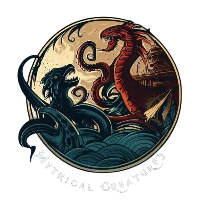
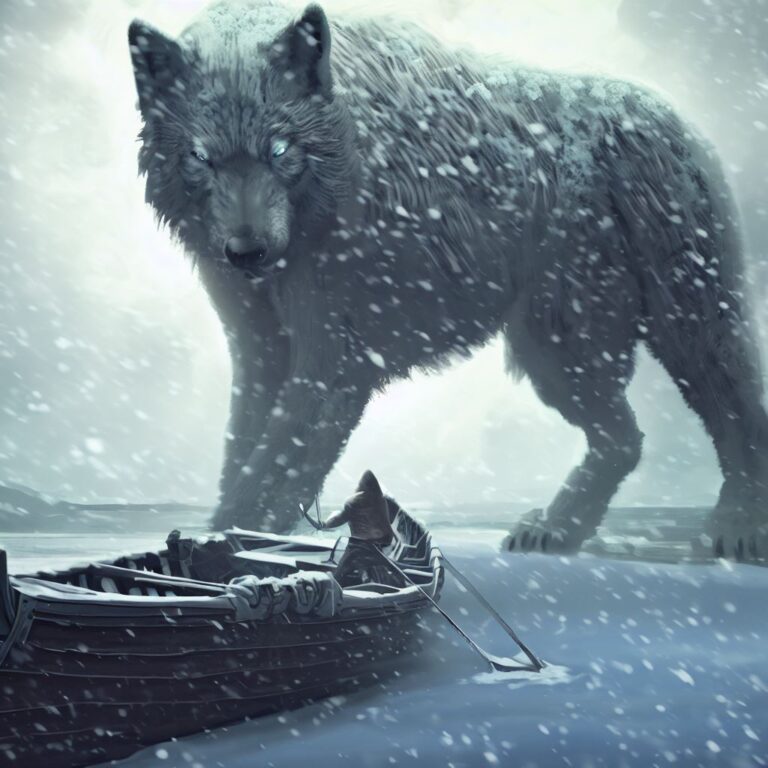
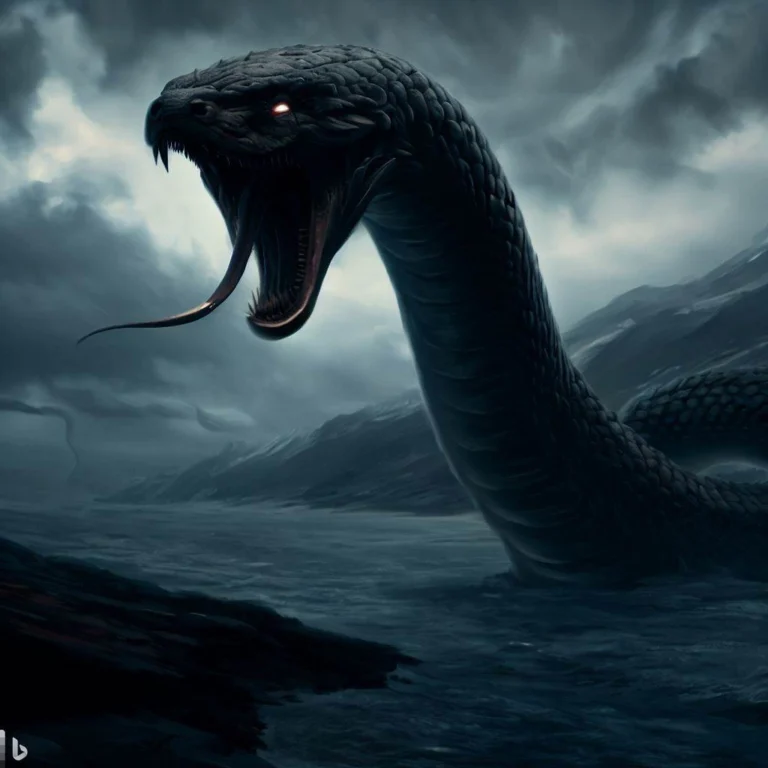
![Rán - The Norse Goddess of the Sea [Pics and Facts] 12 mythical creatures art Rán – The Norse Goddess of the Sea [Pics and Facts]](https://mythicalcreatures.blog/wp-content/uploads/2023/08/Ran-Norse-mythology-artwork-Goddess-of-the-sea-768x768.jpg)